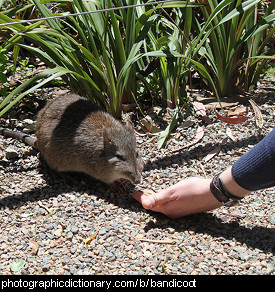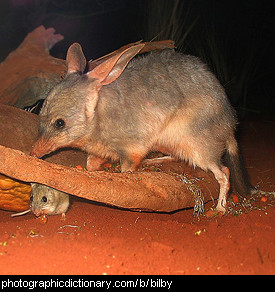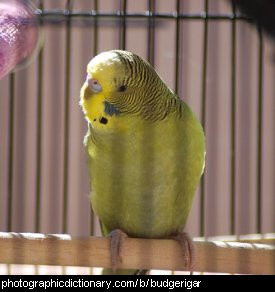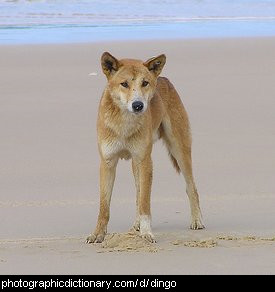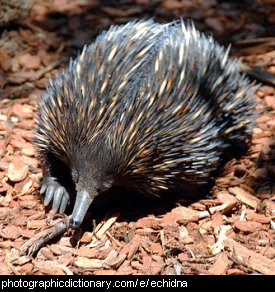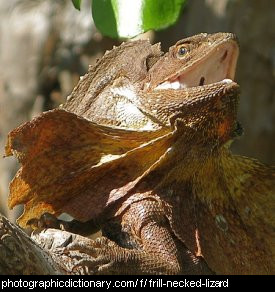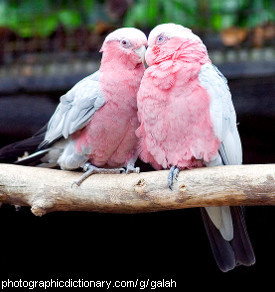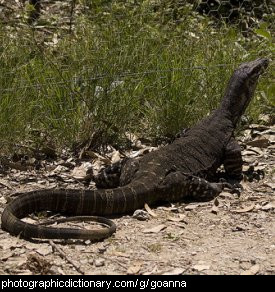Scientific name: order: peramelemorphia
Bandicoots are small marsupials from Australia. Most bandicoots are about the same size as a rabbit. They eat plants as well as insects and small animals. There are around 20 different species of bandicoot.
Scientific name: macrotis lagotis
Bis forBudgerigar
Scientific name: melopsittacus undulatus
A budgerigar, or budgie for short, is a very small parrot that many people keep as pets. They are very friendly, and like most parrots they can be taught to talk. Budgerigars are originally from central Australia, and were once only green and yellow. All the other colors have been created by people selectively breeding them.
Scientific name: casuarius casuarius
Cassowaries are very large flightless birds that live in tropical forests of New Guinea and northeastern Australia. The only birds bigger than the cassowary are the ostrich and emu.
Cassowaries mainly eat fruit, but will also eat new shoots, seeds and fungi, insects and small animals. Cassowaries usually travel around on their own except when it is time to find a mate and lay eggs.
The booming noise the cassowary makes is the lowest known bird call, and is so low humans can only just hear it.
Scientific name: canis lupus dingo
Scientific name: dromaius novaehollandiae
Fis forFrill necked lizard
Scientific name: chlamydosaurus kingii
The frill necked lizard, frilled lizard or frilled dragon is found in dry regions of Australia and New Guinea. It can grow to a metre long including its tail. The lizard has a large frill around its neck that it can raise when it is disturbed, and the frill is meant to frighten off whatever disturbed it. If the frill doesn't work it will run away and hide up a tree.
Frill neck lizards eat insects and small lizards.
Scientific name: eolophus roseicapilla
Galahs, also called the rose-breasted cockatoo, are an extremely common parrot found in large flocks all over Australia. It has risen to pest proportions in some areas.
Scientific name: genus: varanus
Goannas are large monitors that live in Australia. Some of them are quite small, but some can grow up to two metres long. Goannas eat insects and small animals, and will also eat rotting meat from dead animals they find.




